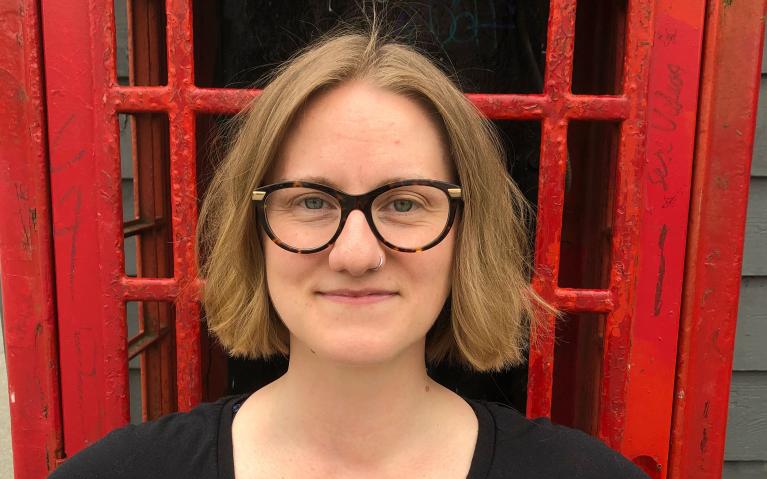9 to 5: a study in women's work, wealth and economic agency in Cyprus and the Aegean during the Late Bronze Age (2022)
This thesis explores women’s economic agency during the Late Bronze Age (LBA) by employing a gender archaeological approach to the funerary, archaeological, ethnographic and textual records of Cyprus and the Aegean. This is done through the analysis of three socioeconomically distinct case studies, unified in their concentration on women’s participation in the economy. Firstly, I examine the historical and funerary context of a wealthy woman (Skeleton 1) at Kalavasos-Ayios Dhimitrios in Cyprus, to demonstrate that she may have used her wealth in an administrative capacity during the site’s increasing urbanization. This study is, in part, framed as a response to previous assertions that the two inscribed gold signet rings found with her right hand, which constitute some of the most socioeconomically striking objects in her burial assemblage, may have been the possession of her husband (Masson 1989). In the second study, I employ textual, ethnographic and archaeological evidence related to Cyprus to highlight the impact of the island’s increasing urbanization on non-elite women within the textile industry at Kition. Archaeological assemblages of tools and installations related to gendered divisions of textile labour demonstrate that women produced textile alongside men in both household and large-scale textile workshops. In the third study, I examine non-elite and enslaved women’s textile production in the Aegean, using Linear B texts to showcase their role in expansive systems of production and trade. This study, although geographically distinct, provides a unique perspective, specifying the women’s status, ethnicity, occupation, production quota, supervision and rations. These details further enrich my research by comparing and contrasting women’s work in Cypriot workshops with the more centralized model of Mycenaean textile manufacture.More broadly, this thesis provides a unique, integrative perspective to a growing body of feminist research that challenges androcentric narratives within LBA economy (Steel 2016a; Shelmerdine 2016; Bolger 2003; Bolger and Serwint 2002; Smith 2002). As I weave together these examples of women’s economic agency, I demonstrate their collective roles as producers, consumers and administrators of wealth. Finally, this thesis underscores the need for multidisciplinary research that considers the complexity and intersection of women’s lived experience in the ancient world.
View record



